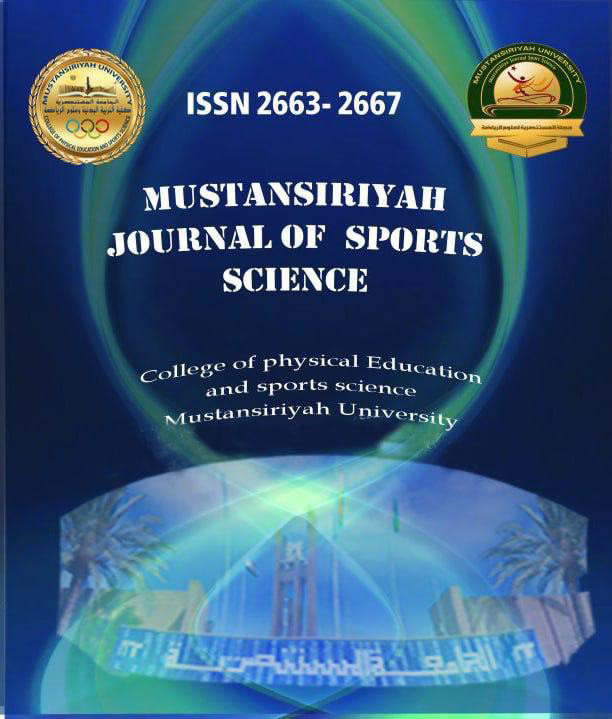Special qualification exercises for deltoid muscle injury in improving motor range and transmission accuracy in tennis for applicants
Main Article Content
Abstract
The research problem is the lack of clarity of the qualifying approaches designed to treat players in this injury from a therapeutic point of view, because these therapeutic exercises are of great importance for coaches and players alike as the occurrence of any injury to the shoulder joint will inevitably lead to injuries in the soft tissues of the joint and thus will affect its movement It may lead to a decrease in movement. The aim of the research is to: 1- Prepare special rehabilitation exercises to qualify for deltoid muscle injury in tennis players.2- Knowing the effectiveness of special exercises in qualifying the deltoid muscle injury in tennis players.Since the nature of the problem determines the approach the researcher chooses to arrive at the results, he chooses the experimental approach in a one-group design method to suit the nature of the research. The research community included (6) injured players, while the research sample was selected intentionally and among patients with shoulder pain (deltoid muscle) after the diagnosis of the specialist doctor. The sample size was (4) players from Baghdad clubs for the sports season 2018-2019.The researchers concluded that special exercises have an effect by restoring the normal motor range and elasticity of the deltoid muscle of the shoulder joint in the individuals of the study sample. It is recommended to pay attention to the principle of diversification of exercises and the type of tools used when qualifying to avoid boredom in the injured
Downloads
Article Details

This work is licensed under a Creative Commons Attribution-NonCommercial 4.0 International License.

